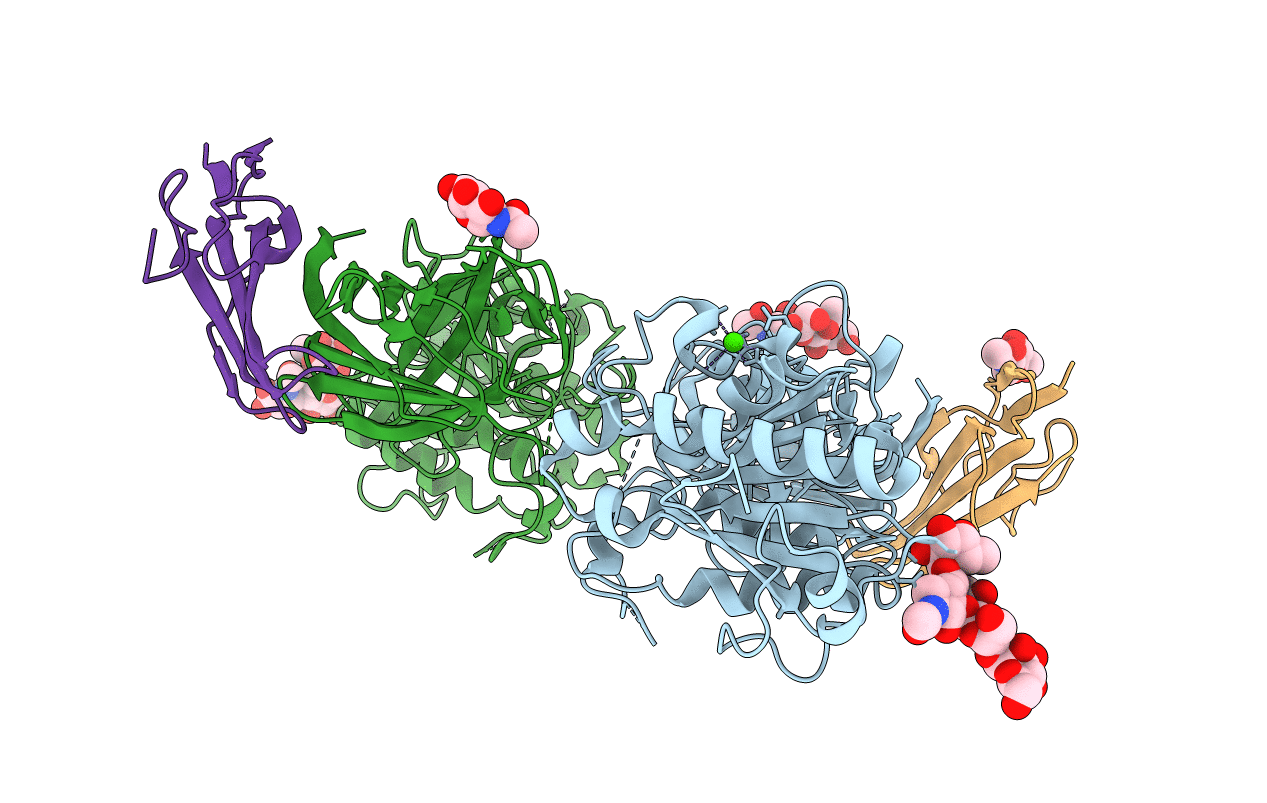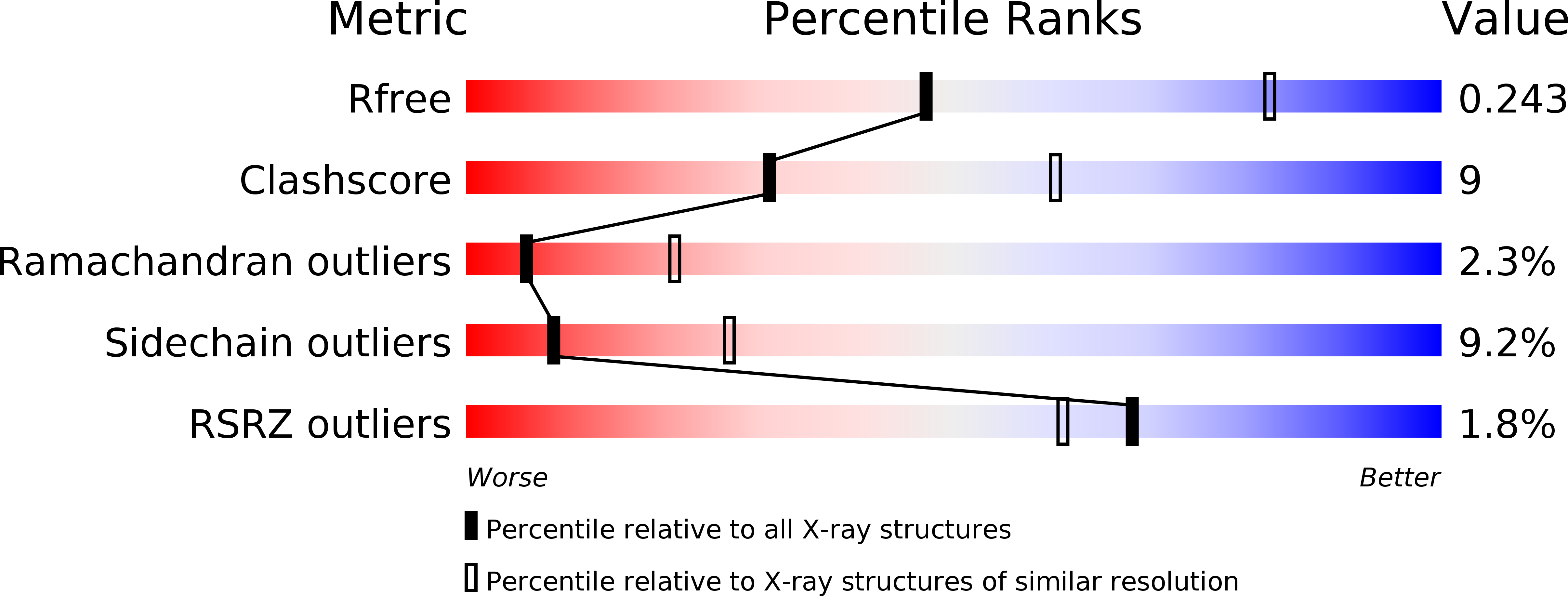
Deposition Date
2018-07-26
Release Date
2018-12-19
Last Version Date
2024-10-30
Entry Detail
PDB ID:
6E7K
Keywords:
Title:
Structure of the lipoprotein lipase GPIHBP1 complex that mediates plasma triglyceride hydrolysis
Biological Source:
Source Organism:
Homo sapiens (Taxon ID: 9606)
Host Organism:
Method Details:
Experimental Method:
Resolution:
2.80 Å
R-Value Free:
0.23
R-Value Work:
0.19
R-Value Observed:
0.19
Space Group:
P 21 21 2


